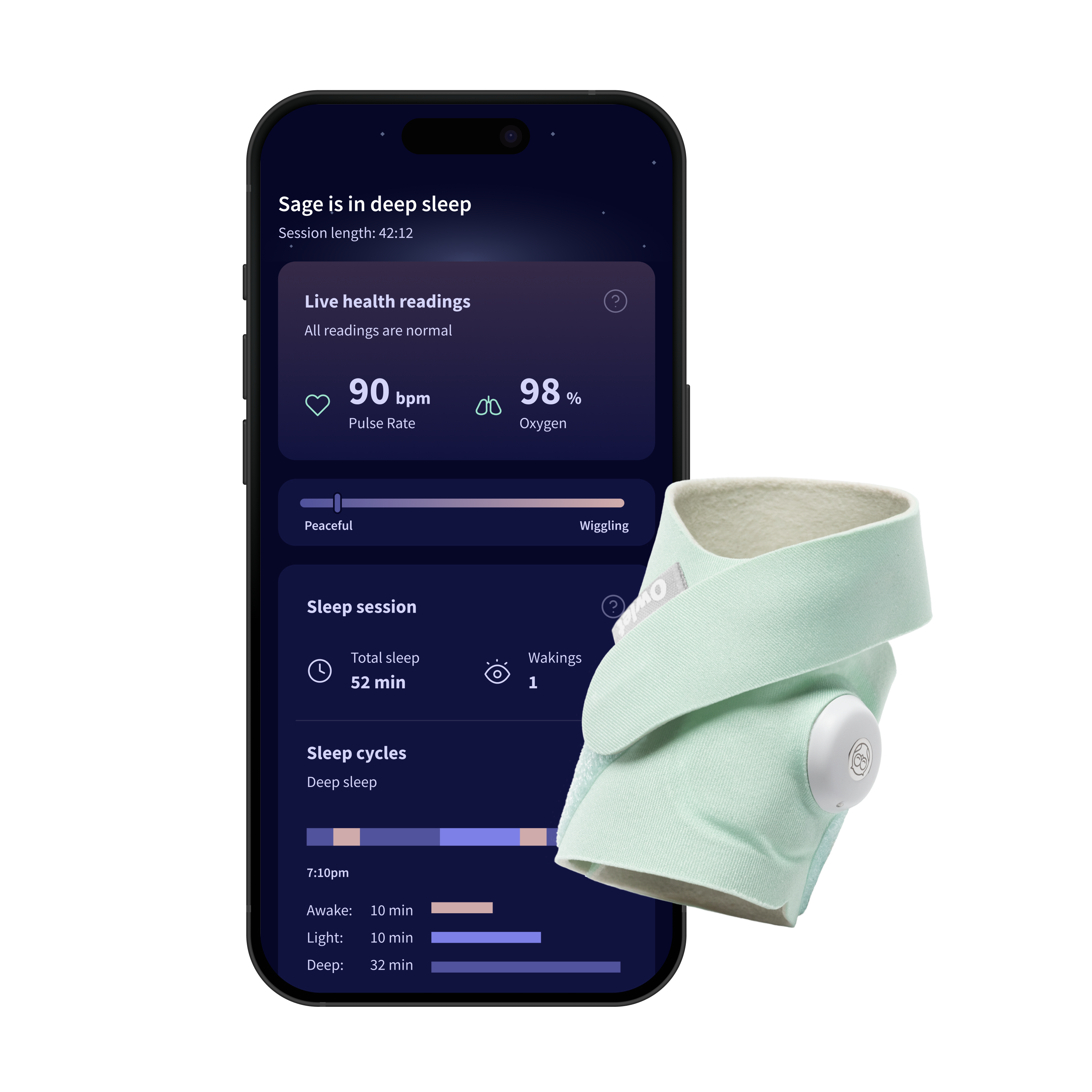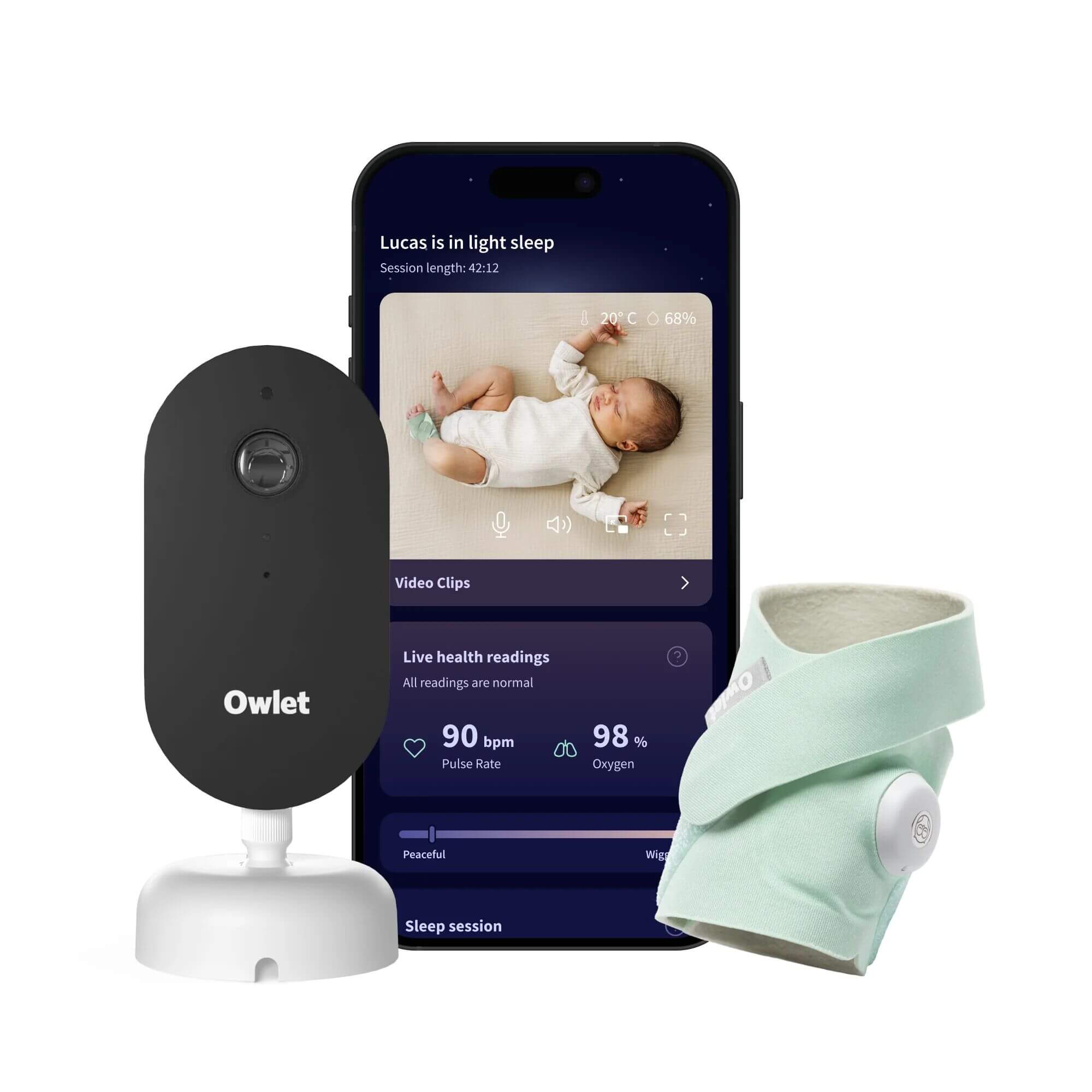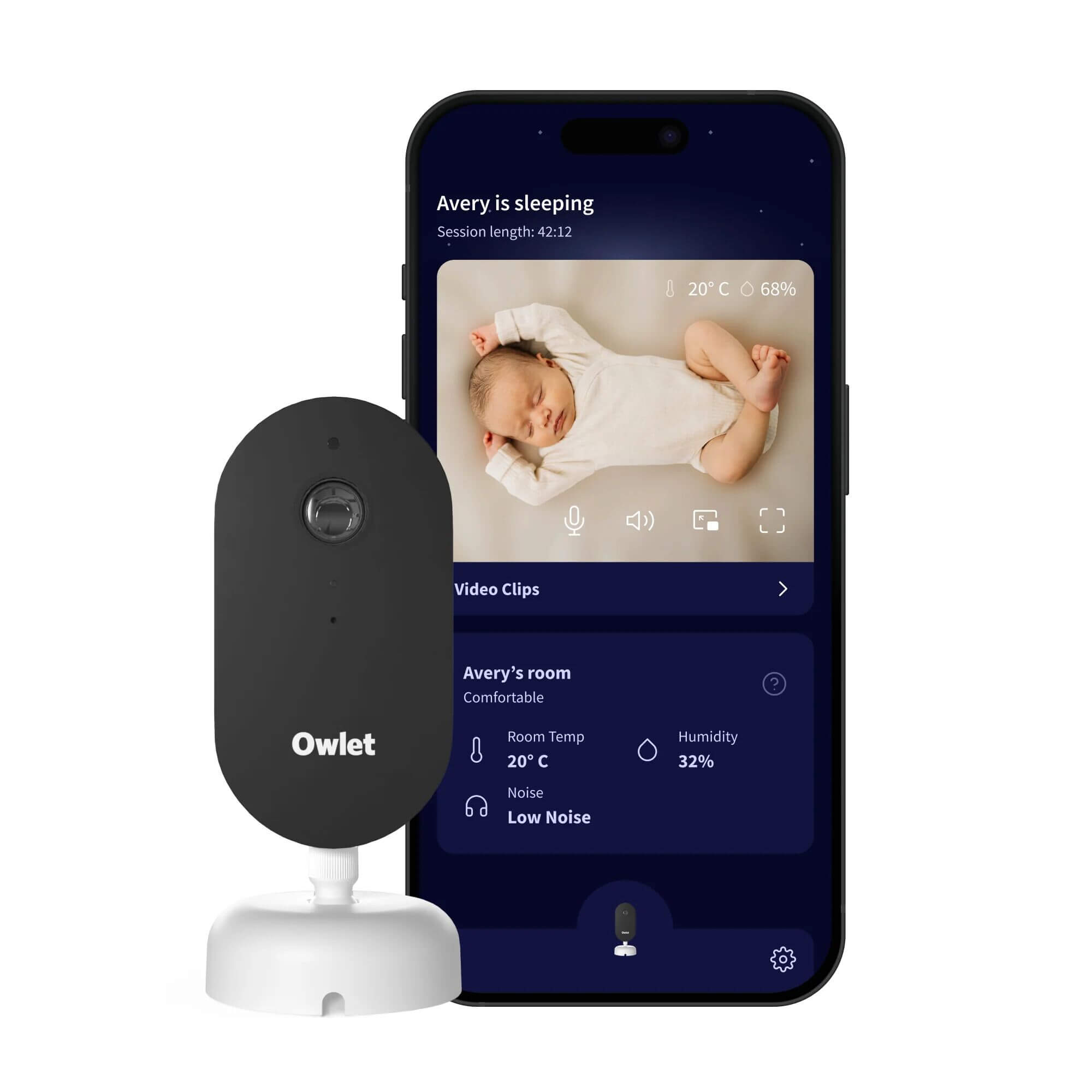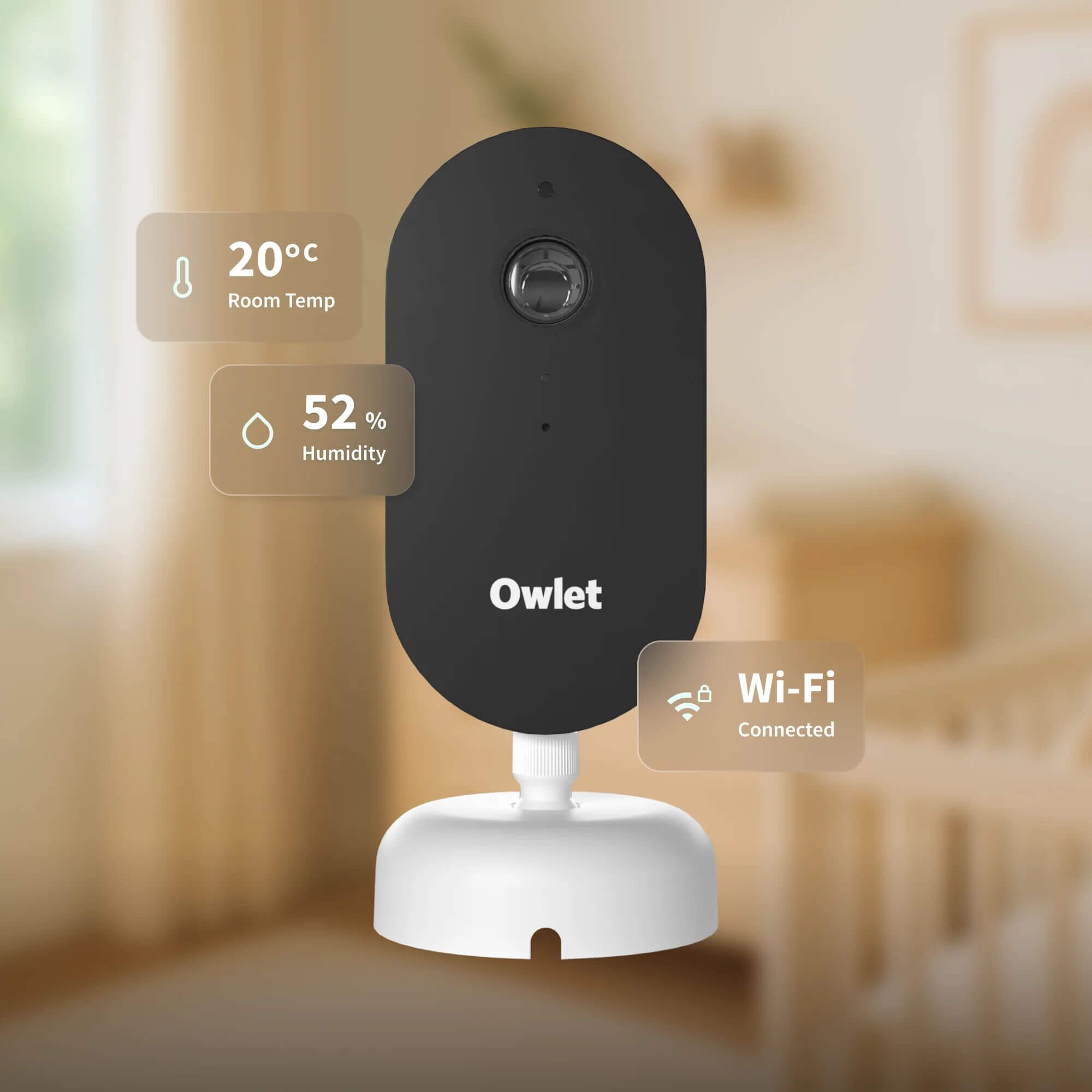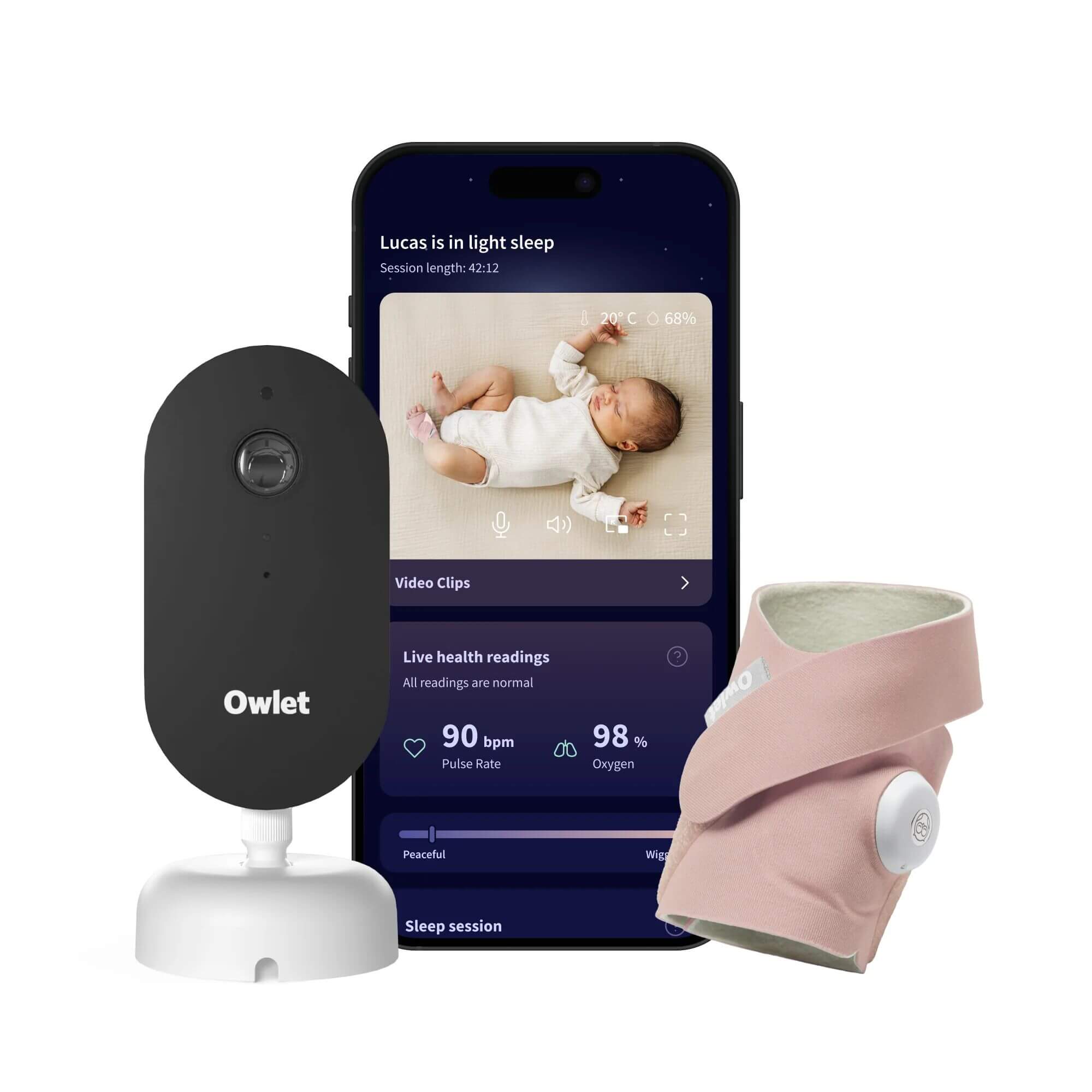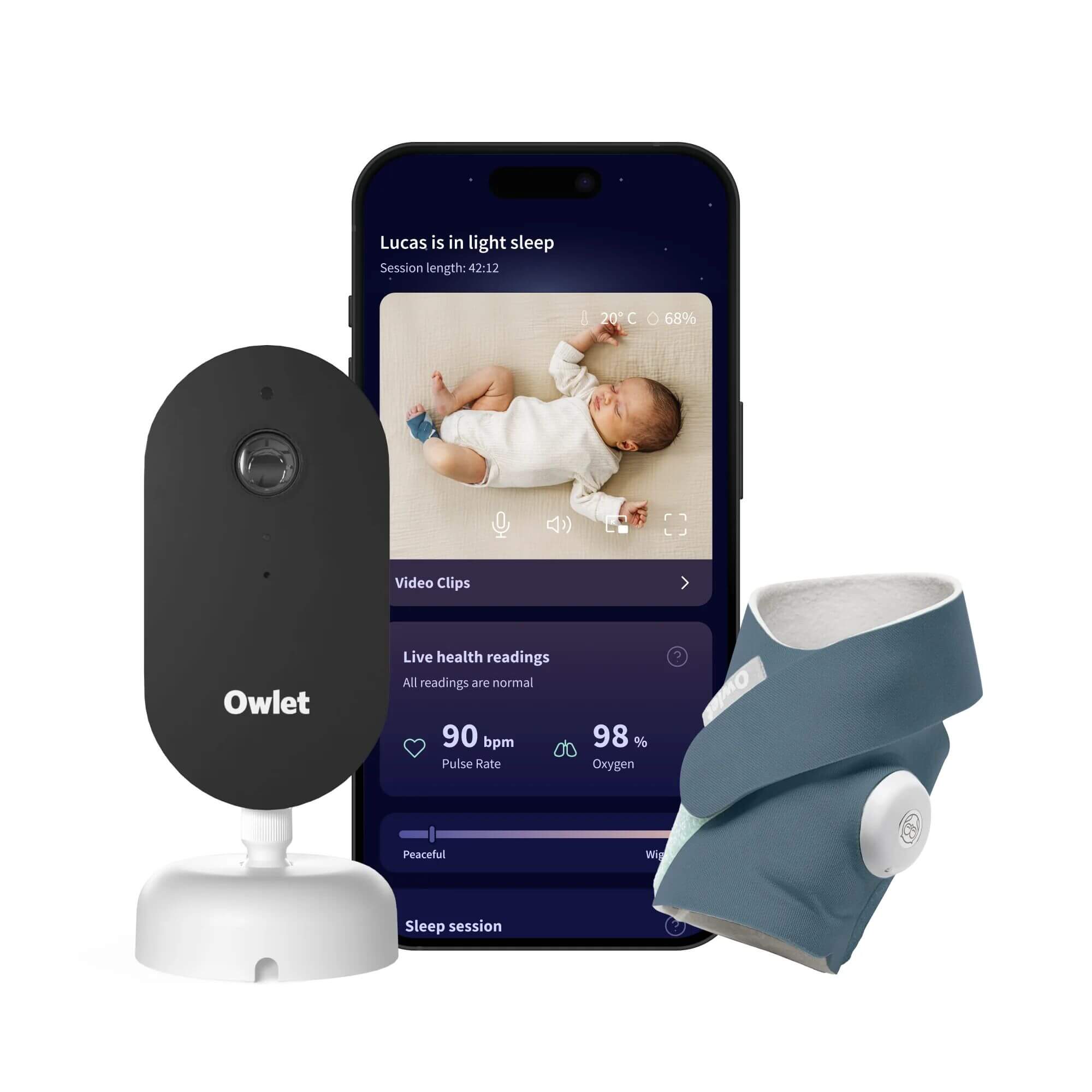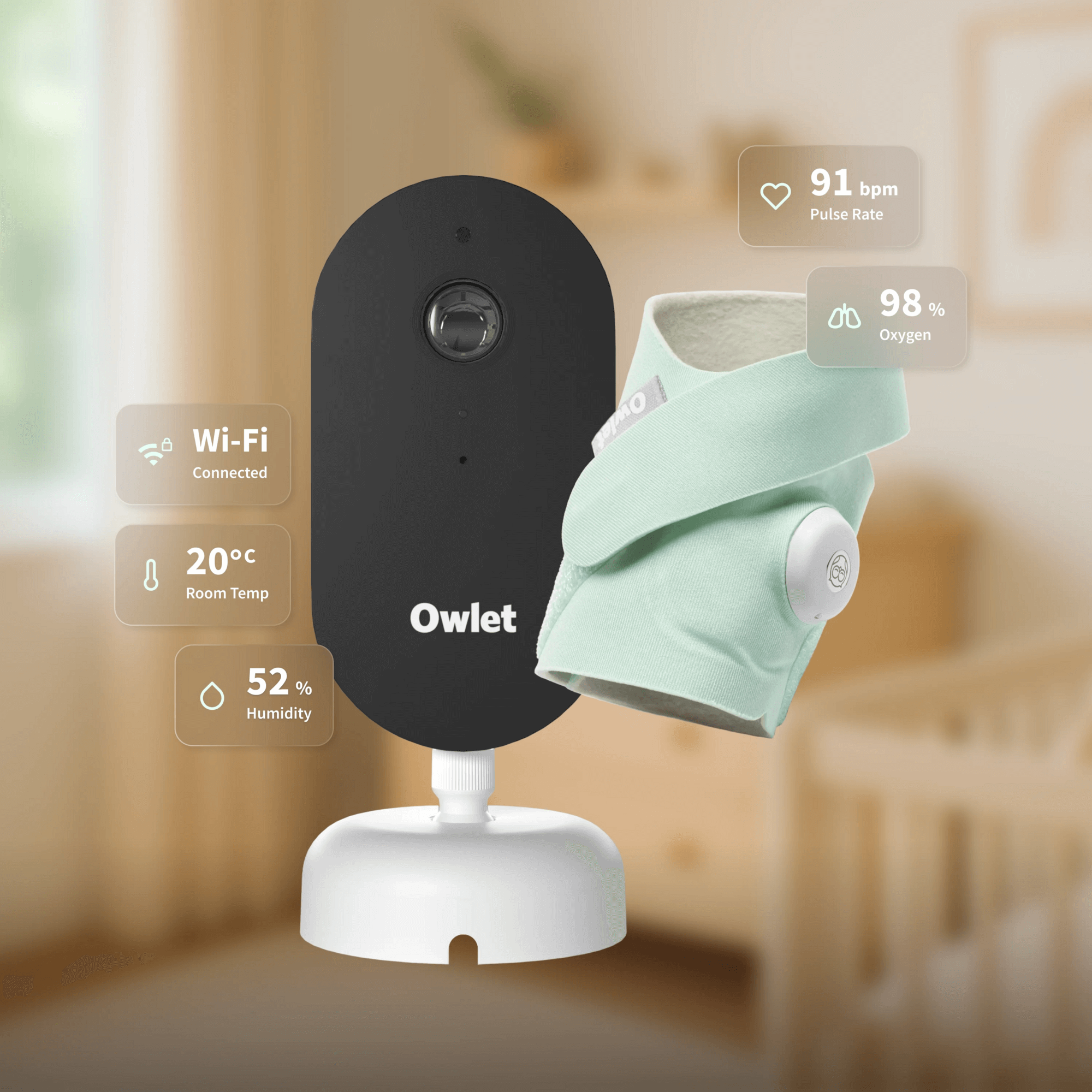What are Newborn Sleep Cycles?
If you search for information about infant sleep, you are likely to see ‘sleep cycles’ mentioned. But what are sleep cycles, and how do they impact sleep? Let’s explore this topic in depth to help new parents navigate the complex world of newborn sleep.
What Are Sleep Cycles, and Why Do Humans Have Them?
Humans experience different stages of sleep, ranging from deep to light sleep. Sleep cycles are thought to serve a protective function, rooted in evolution. Historically, our ancestors were more vulnerable to threats like wild animals while they slept. The need to balance rest and safety likely led to the development of sleep cycles.
- Deep Sleep: This stage allows for restorative rest, cell renewal, and memory consolidation. However, during deep sleep, humans are harder to wake, which could leave them vulnerable.
- Light Sleep: While less restorative, light sleep keeps humans more alert to potential dangers in their environment.
The combination of deep and light sleep forms a pattern known as the sleep cycle. This ensures humans can reap the benefits of sleep while maintaining a level of safety.
How Sleep Cycles Change with Age and Development
As humans grow, their sleep cycles evolve significantly. Newborns have different sleep patterns compared to older babies, children, and adults.
- Newborn Sleep (0–16 Weeks): Newborns have two stages of sleep: light (REM) and deep. During REM sleep, newborns often exhibit little eye movements. Since babies are easier to wake during REM sleep, it’s helpful to wait around 15 minutes after they fall asleep before transferring them to their sleep space.
- Four Months and Beyond: Around 16 weeks, babies transition to having four sleep stages: three non-REM stages (NREM) and one REM stage. This development can lead to shorter naps and more frequent night wakings, often referred to as the “4-month sleep regression.” Despite the term, this phase is a progression in sleep development rather than a regression.
Are Sleep Cycles Longer at Night?
Yes, sleep cycles vary depending on the time of day. Babies may wake between cycles at night, but many can learn to return to sleep without adult intervention.
- Newborns: Sleep is evenly distributed between day and night as newborns haven’t developed their circadian rhythm yet.
- 3-4 Months: By this age, babies start to experience their deepest sleep earlier in the night, typically between 7:00 and 11:00 pm, thanks to increased melatonin levels.
- After Midnight: Babies enter lighter REM sleep after midnight, making them more prone to waking between cycles.
- Daytime Sleep: Naps during the day tend to be lighter due to the hormone cortisol, which promotes alertness during daylight hours.
As a child grows, their sleep cycles gradually lengthen, becoming more consistent and predictable.
Factors Beyond Sleep Cycles That Affect Baby Sleep
While understanding sleep cycles is crucial, other factors also influence a baby’s sleep patterns:
- Sleep Pressure: This brain chemical builds during wakefulness and decreases during sleep. When sleep pressure is too high, babies may become overtired; when too low, they may not feel sleepy.
- Individual Sleep Needs: Every baby has unique sleep requirements that vary based on temperament and developmental stage.
- Time of Waking/Bedtime: The timing of naps and bedtime affects sleep quality and duration.
- Age and Development: As babies grow, their sleep needs and patterns evolve.
- External Factors: Environmental influences such as light exposure, noise, diet, stimulation, exercise, pain, and illness can significantly impact baby sleep.
How Owlet®’s Predictive Sleep Technology Helps
Dream Sock® and Owlet® Dream App offer a predictive sleep feature designed to help parents track and understand their baby’s unique sleep patterns. Using advanced data analysis, it calculates optimal nap times based on key factors such as the baby’s age, prior nap duration, and sleep cycles.
Key Benefits of Owlet®’s Predictive Sleep Technology
- Personalised Insights: Unlike generic sleep schedules, the predictive sleep feature adapts to your baby’s individual rhythms, making it easier to respond to their unique sleep needs.
- Improved Sleep Quality: By identifying the ideal times for naps and bedtime, this feature helps prevent overtiredness and under-tiredness, promoting better overall sleep.
- Advanced Tracking: Owlet®’s technology provides detailed insights into your baby’s sleep cues, including data-backed suggestions for optimal rest.
For example, if a baby’s sleep becomes unpredictable due to teething, illness, or developmental milestones, the predictive feature offers guidance on how to adjust their sleep schedule.
Making Bedtime More Predictable
With the help of tools like Dream Sock®, bedtime routines can become more predictable and aligned with your baby’s natural rhythms. Parents often report feeling more confident and less stressed when they can rely on technological insights (source).
Understanding newborn sleep cycles is key to supporting their development and Dream Sock® offers a reliable, tech-driven solution to help parents understand and track their baby’s sleep cycles. With personalised insights and predictive features, it simplifies bedtime routines, promoting healthier sleep habits while enjoying more predictable, restful nights with your baby.
Meet The Author
Susan Wallace is a Baby Sleep Consultant, Potty Training Consultant, Baby Yoga Educator, and Baby Massage Educator with over 20 years of experience helping families. As the founder of Settled Petals, she offers gentle, evidence-based support to parents and accredited training for professionals.
With a degree from Cambridge University and a Master’s in Social Work, Susan has dedicated her career to nurturing children’s well-being. A Certified Infant Sleep and Potty Consultant, she has guided thousands of families toward restful sleep and confident potty training. Her compassionate approach empowers parents to create calm, settled routines for their little ones.
